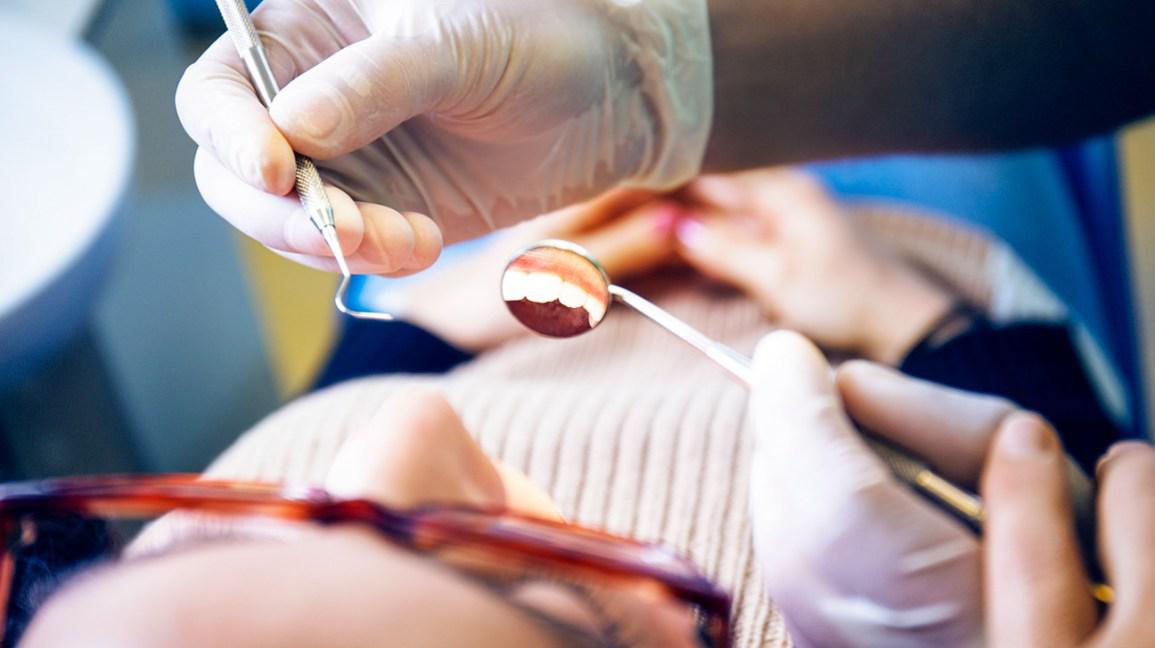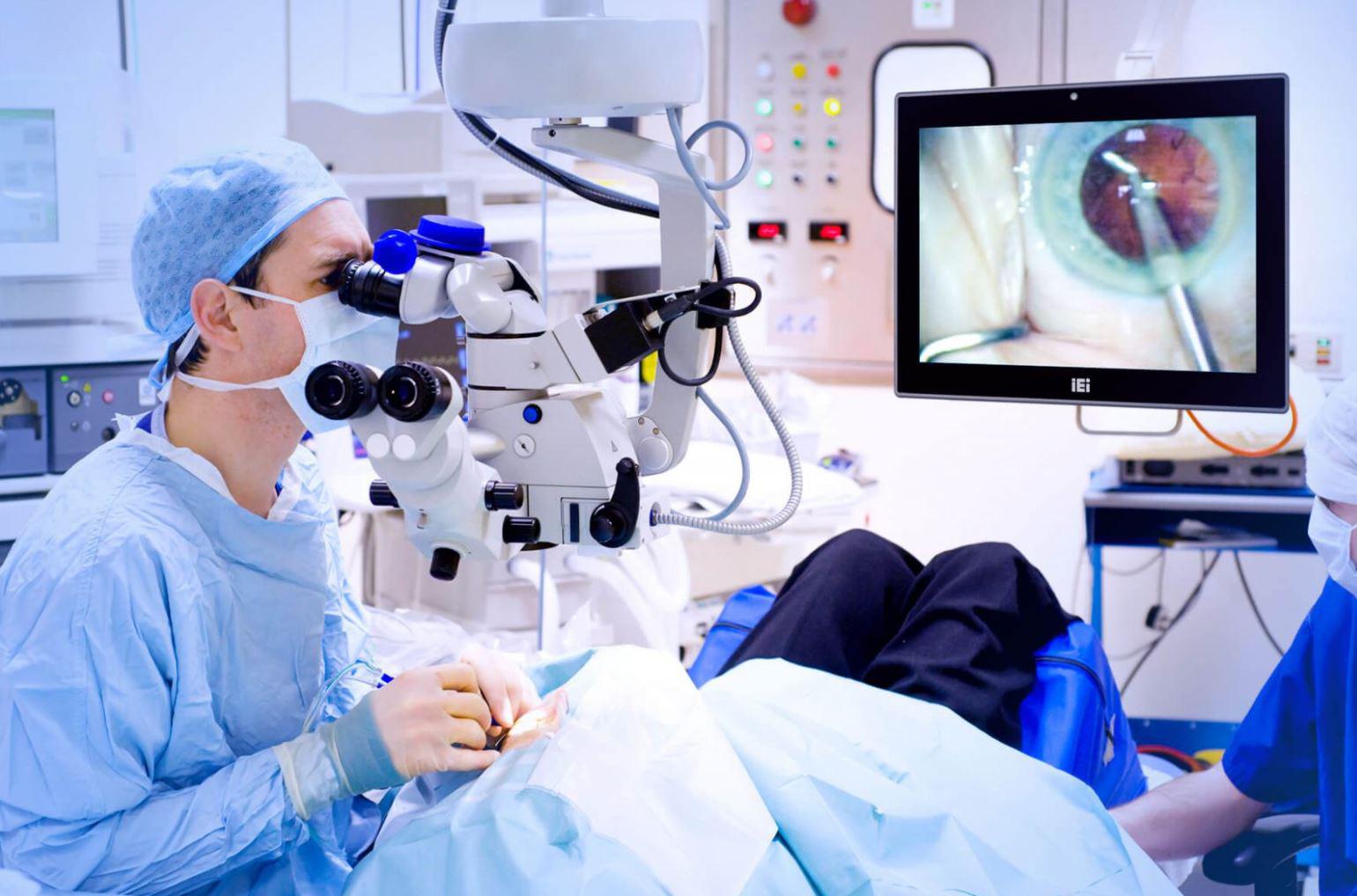Perfect for the job: 4 benefits of choosing a paediatric dentist
- Written by NewsServices.com

If you’ve ever taken your child to a regular dentist and got the vibe that they didn’t want to treat your little one, you will know one thing: it’s an unpleasant experience!
Yes, it pains paediatric dental professionals to say, but some of their colleagues in the field can be quite hostile towards the youngsters, and this can make the experience for you and your child one that you would like to forget the moment you walk out of that clinic.
Luckily, like other medical branches, there are paediatric experts who chose to be in the field and have the care, compassion and patience to professionally treat your child’s dental problem.
With this in mind, here are four reasons why you should always enlist the services of a paediatric dental expert:
-
They have undergone extra training to provide this service
Whilst the best children's dentist Chatswood has undergone the same certified training as other professionals in their field, they actually went one further and completed three years of full-time postgraduate work, including research and clinical training, to ensure they can provide a specialised paediatric service.
As we all know, our teeth and gums are highly sensitive, and we can remember it was even worse when we were kids. Luckily, these professionals have undergone the rigorous training required to provide specific treatment to sensitive young teeth and gums!
-
They offer a kid-friendly service
If you can remember back to the days when you went to a general provider you might remember just how stiff and unpleasant those practitioners could be - we certainly can! Going to your local dental clinic could be a real drag, especially if the expert seems like they have forgotten what it is like to be scared of treatment.
In contrast, the paediatric dentist is one who is providing their treatment with care and compassion close at heart. They know that going to the dental clinic can be frightening for a child and they are there to help alleviate some of that anxiety. From the office’s child-friendly decorations to the warm and welcoming reception your child will receive, through to the games, books and toys available for them to play with before and after their consultation, this is a better environment for kids to be in when receiving dental treatment!
-
They have a specialised knowledge of child oral health
You know that rigorous extra training we said they undertake? Well, that helps them form a specialised knowledge of children’s oral health and development. Naturally, when a professional has a more specialised knowledge in the child’s oral health and development, they can make better informed decisions about how to go about safely and effectively treating your child!
-
They can help your child develop healthy habits
Any medical expert who can treat a patient with care, compassion and patience can have a positive influence on the patient’s healthy decisions, and the same goes for paediatric dentists informing your child’s dental habits.
Whether it be brushing twice a day or maintaining a consistent flossing routine, your child will be more likely to listen to a specialised expert who provides a calming treatment environment over some unpleasant provider who they simply want to forget about as soon as they’ve got out of the chair!
Forming healthy dental habits is essential to overall health as we age, and the right paediatric professional can help them form them for life!











